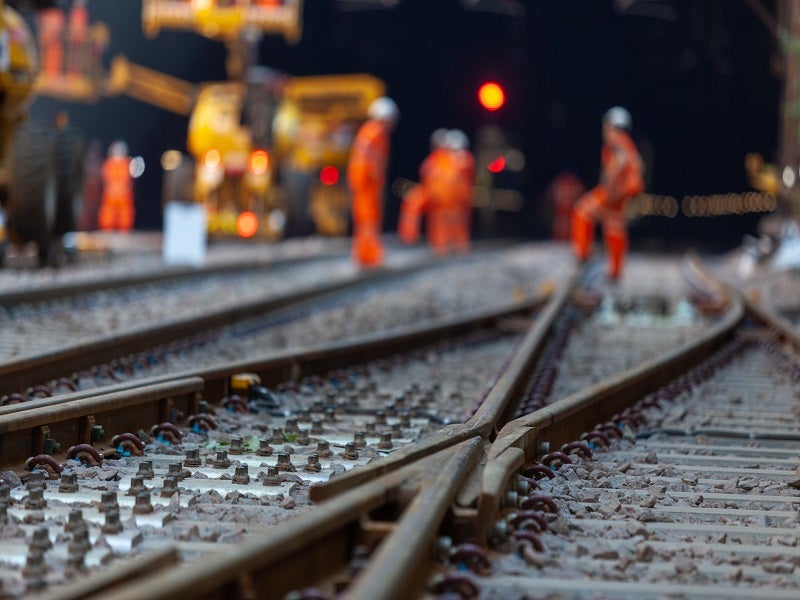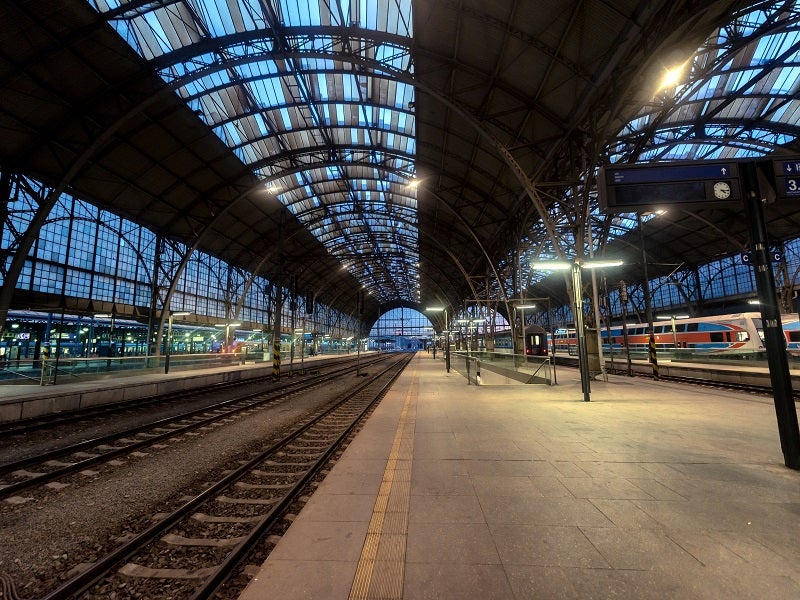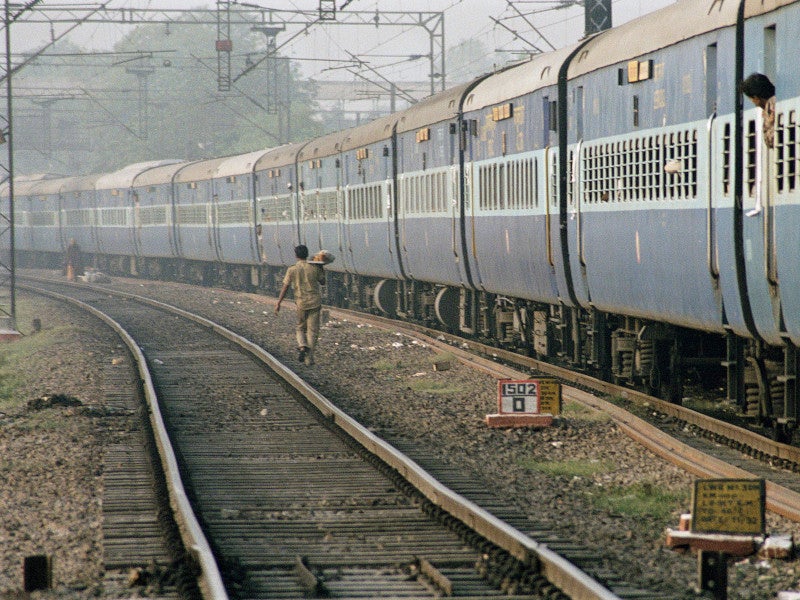Chittagong-Cox’s Bazar railway line is a proposed 120km dual-gauge passenger line from village in south-east Bangladesh to Cox’s Bazar, one of the most popular tourist destinations in the country.
The greenfield project is one of seven investment sub-projects being undertaken by the Bangladesh Railway (BR) to improve the country’s rail connectivity with other Asian countries.
It is part of Trans-Asian Railway (TAR) network and will improve access to Myanmar and beyond. The project is endorsed by the South Asia Sub regional Economic Cooperation (SASEC).
The project will take five years to complete, and generate employment for approximately 3,500 workers in local communities. It will also enhance trade and tourism in the southern-most parts of the country.
Civil works for the project began in March 2018 and it is expected to be completed by 2022.
Chittagong-Cox’s Bazar rail line route
The first phase of the railway project will include a single-track rail line approximately 102km in length. It will pass through eight sub-districts (upazilas), including the Chandanaish, Satkania and Lohagara sub-divisions in Chittagong district and the Chakaria, Cox’s Bazar Sadar and Ramu sub-divisions in Cox’s Bazar district.
The line will begin at Dohazari village and continue southwards to Cox’s Bazar. The first 29km segment will run across flat, open land in the Chittagong district, while the next 33km will travel through agricultural land and forests in the Chakaria Upazila of Cox’s Bazar District.
During the project’s second phase, the rail line will be extended to the Myanmar border, as well as a planned deep-sea port on Matarbari Island.
Stations along the rail route
A total of eight new stations will be built for the new alignment, in addition to an existing station at Dohazari. The existing station will be demolished to construct a new facility on the opposite side of the tracks, while 2km of existing tracks near the Dohazari station will be renovated.
The proposed line crosses the Sangu River, south of Dohazari. The section of track north of the river will be lifted for sufficient clearance.
Stations will be equipped with relay batteries, generator rooms, sewage and waste management facilities, and energy-saving features such as solar panels. They will feature separate facilities for women, children, elderly and the disabled.
Other infrastructure
A total of 183 water crossings, including 39 bridges and 144 culverts, will be constructed along the new alignment. Six large bridges will be constructed over the Sangu, Matamuhuri and Bakkhali rivers, as well as the Idgaon Chara tributary.
The culverts will offer a single and multi-cell concrete design to enhance drainage.
Financing
The estimated investment for the project is $2.013bn, which includes $512m provided by the Bangladesh Government.
ADB offered a loan of $1.5bn in September 2016 for the project. The first tranche of the loan of approximately $300m was released by ADB in June 2017, while the second tranche of $400m was released in May 2019. The Government of Bangladesh will add $50m to ADB’s second tranche.
The Export-Import Bank of Korea is providing a loan of $99.04m.
Project background and benefits
Chittagong-Cox’s Bazar railway project is expected to connect the national and sub-regional railway networks for the first time.
The new line will connect Cox’s Bazar district to sub-regional markets in order to enhance trade. By providing intermodal facilities for passengers and freight, the project will also improve connections to Myanmar.
With dual-gauge tracks, the project will offer connections to western Bangladesh and India, where most of the railways are broad-gauge, and towards north-eastern India and Southeast Asia, which primarily offer meter-gauge tracks.
The project helps Bangladesh to meet its targets under its 7th Five-Year plan and its railway master plan, which aim to raise the country’s freight market share to 15% and its passenger market share to 10%.
Contractors
The detailed design for the new rail line was provided by SMEC.
The construction of the project has been divided into two lots, Lot 1 and Lot 2. The contract for Lot 1 was awarded to a joint venture (JV) of China Railway Engineering Group (CREC) and Toma Group, while Lot 2 was awarded to a JV of China Civil Engineering Construction Corporation (CCECC) and Max Group. Both the contracts were awarded in September 2017.





